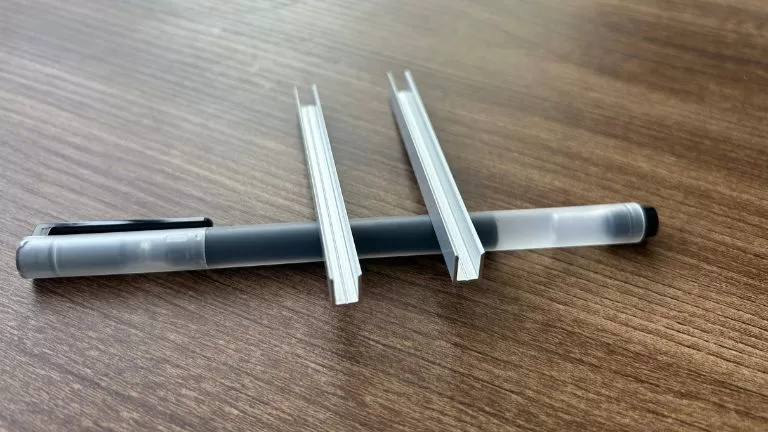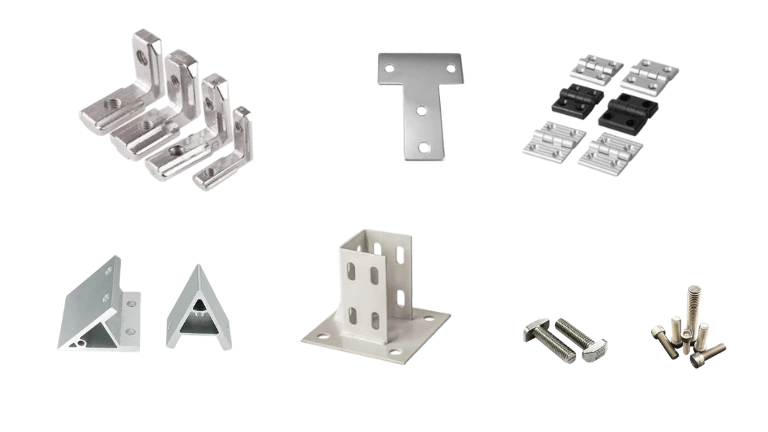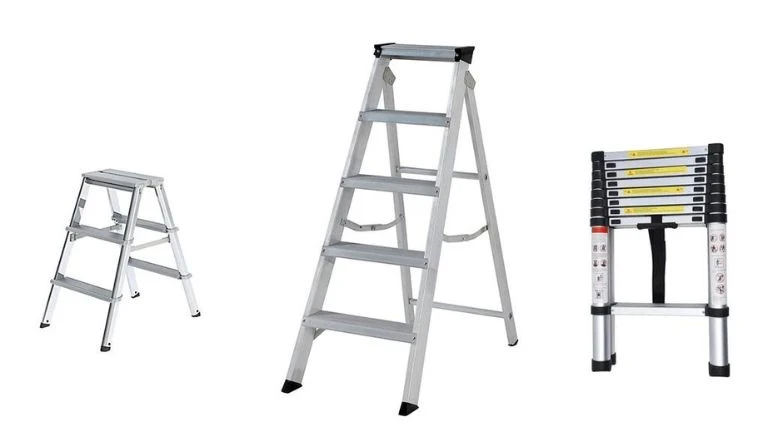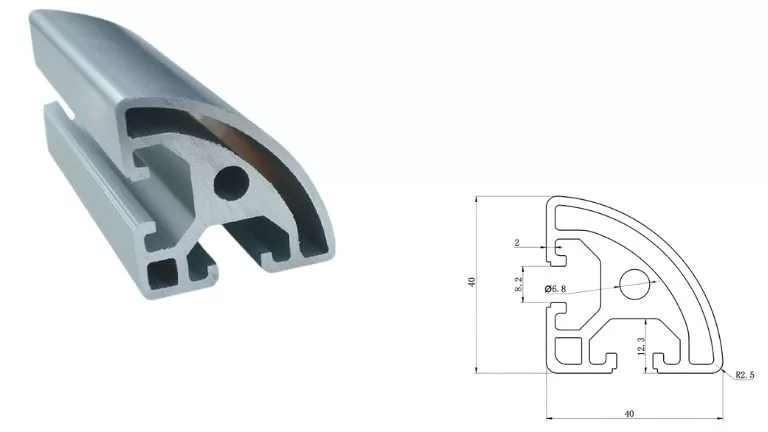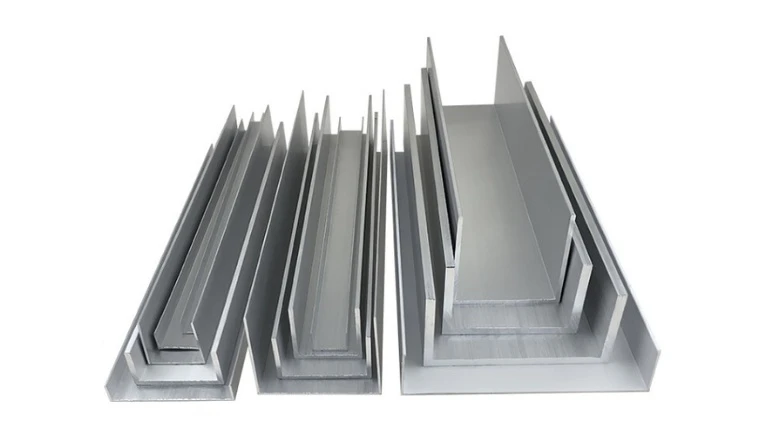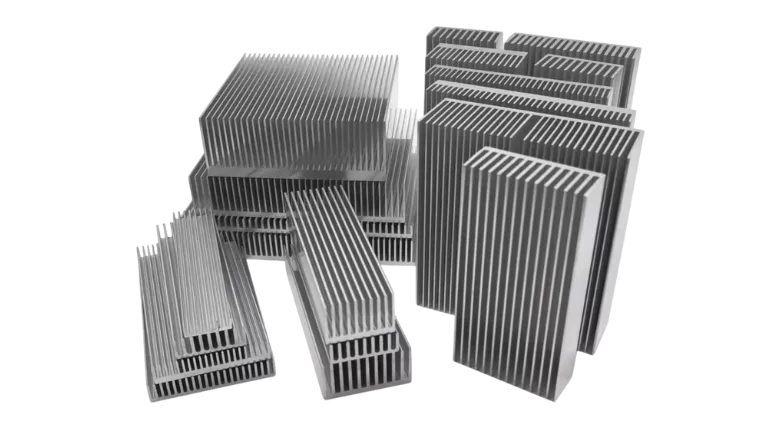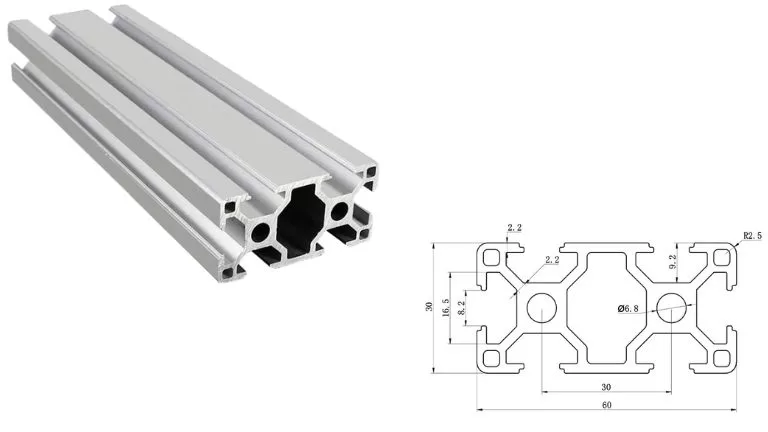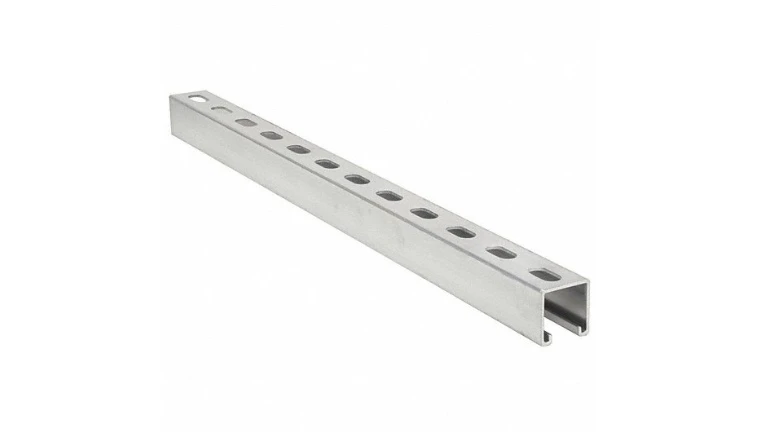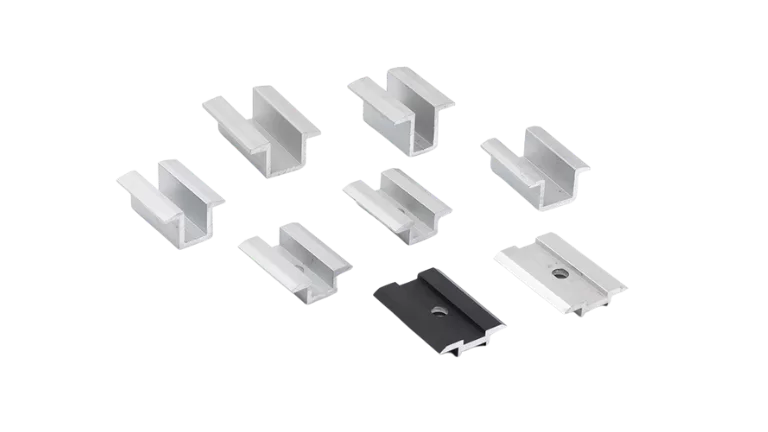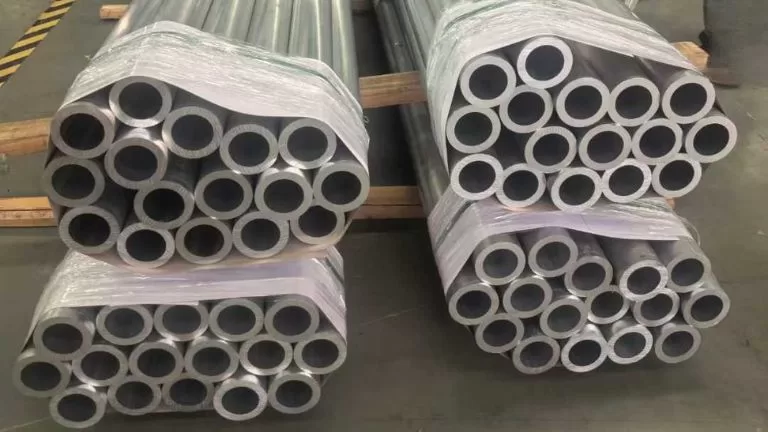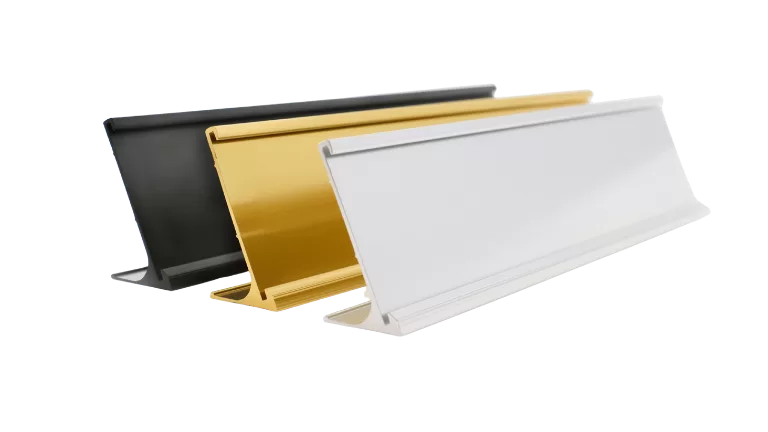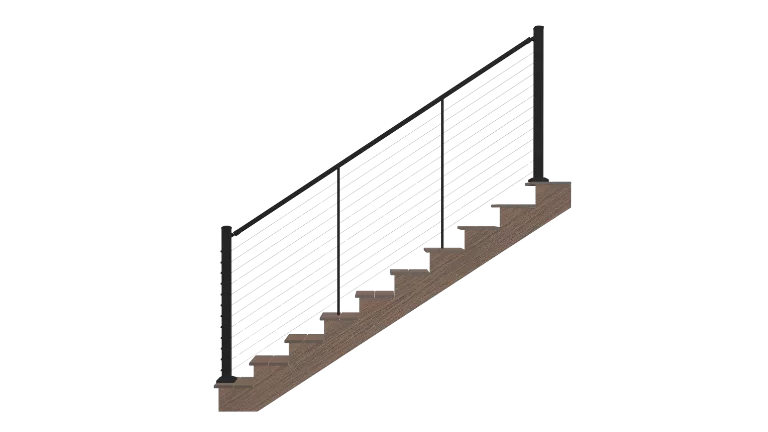Conductivité de l'aluminium dans l'industrie électrique
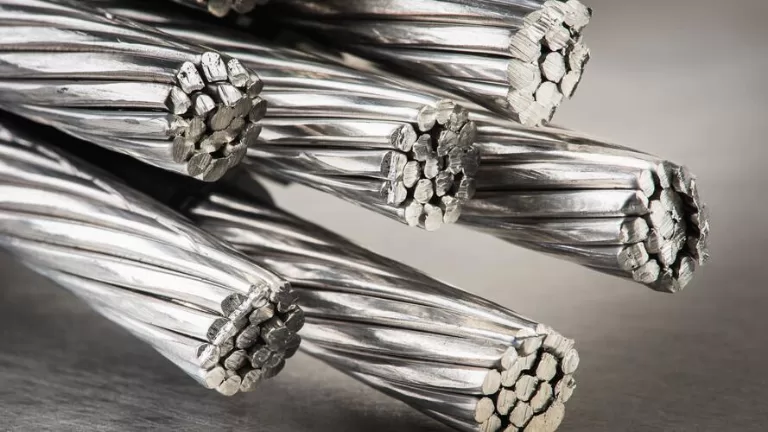
Selon l'Institut international de l'aluminium (IAI), la demande mondiale d'aluminium dans l'industrie électronique devrait passer de 8 millions de tonnes à 12 millions de tonnes dans les années à venir. Dans le même temps, la demande de cuivre devrait également atteindre un niveau similaire, soit environ 13 millions de tonnes. Cela soulève une question importante : comment l'aluminium se comporte-t-il réellement en tant que matériau conducteur ? Pour les concepteurs, les développeurs de produits et les entreprises qui cherchent à tirer parti de la rentabilité et de la légèreté de l'aluminium, il est essentiel de comprendre sa conductivité électrique. Dans cet article, nous examinerons les conducteurs en aluminium, les caractéristiques électriques de l'aluminium et son potentiel en tant qu'alternative au cuivre et à d'autres métaux conducteurs.
Propriétés métalliques de l'aluminium
Saviez-vous que l'aluminium est le métal le plus abondant sur Terre et qu'il occupe la 13e place dans le tableau périodique ? Bien qu'il soit omniprésent, vous ne trouverez pas d'aluminium pur dans la nature : il doit être extrait du minerai de bauxite par des procédés industriels.
Lorsqu'il s'agit de conduire l'électricité, l'aluminium arrive en quatrième position après l'argent, le cuivre et l'or. Tous les alliages d'aluminium ne conduisent pas l'électricité de la même manière, mais les propriétés naturelles du métal en font un excellent choix pour les applications électriques. L'aluminium est léger, facile à travailler et très résistant à la corrosion. Cela signifie qu'il est facile à former en fils et à souder, ce qui facilite l'installation et la maintenance.
Fait amusant : le chiffre 13 n'est pas juste pour la forme. Il représente le nombre d'électrons en orbite autour de l'atome d'aluminium. C'est la façon dont ces électrons sont disposés qui confère à l'aluminium son impressionnante conductivité électrique.
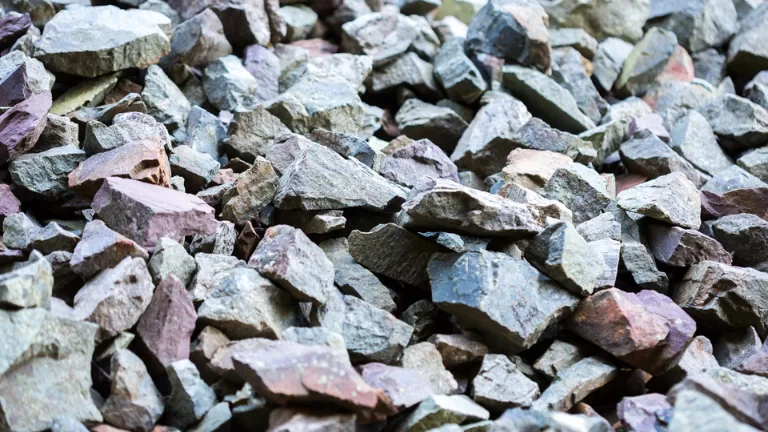
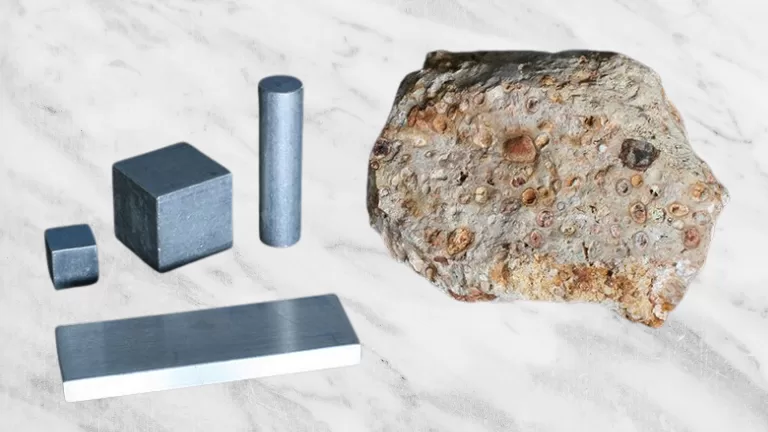
Conductivité électrique de l'aluminium par rapport aux autres métaux
L'analyse de la conductivité électrique de l'aluminium permet non seulement d'identifier la qualité de l'alliage, mais aussi de déterminer s'il a été traité thermiquement, car le traitement thermique modifie les niveaux de conductivité. Chaque alliage et chaque méthode de traitement possède sa propre cote IACS (International Annealed Copper Standard).
Il existe des différences de conductivité électrique entre les alliages d'aluminium et entre l'aluminium et d'autres métaux. Ce tableau de ResearchGate compare la conductivité de l'aluminium à celle de plusieurs métaux bien connus.
| Rang | Métal | Conductivité électrique (S * m-1) |
|---|---|---|
| 1 | Argent | 66.7 * 106 |
| 2 | Cuivre | 64.1 * 106 |
| 3 | L'or | 49.0 * 106 |
| 4 | Aluminium | 40.8 * 106 |
| 5 | Rhodium | 23.3 * 106 |
| 6 | Zinc | 18.2 * 106 |
Comment mesurer la conductivité électrique
La conductivité électrique indique la capacité d'un métal à conduire l'électricité et se mesure en Siemens par mètre (S/m). Pour tester la conductivité de l'aluminium, voici ce qu'il faut faire : Tout d'abord, vous faites passer une quantité connue de courant à travers votre échantillon d'aluminium. Ensuite, à l'aide de sondes, vous mesurez la chute de tension entre deux points de l'échantillon. Avec ces valeurs, vous pouvez facilement calculer la conductivité électrique à l'aide de la formule standard. Il s'agit d'un processus simple qui vous donne une idée claire de l'efficacité avec laquelle l'aluminium transporte le courant électrique.

Conductivité électrique de l'aluminium
L'aluminium est connu pour être l'un des meilleurs métaux conducteurs d'électricité, juste derrière le cuivre pur. Les conducteurs en aluminium pur ont une conductivité électrique de 33,3×10⁷ S/m. Pour faciliter les comparaisons, nous examinons généralement la conductivité de l'aluminium par rapport à celle du cuivre pur, qui est utilisée comme norme industrielle appelée International Annealed Copper Standard (IACS). La conductivité de l'aluminium est d'environ 61% IACS, ce qui signifie que l'aluminium conduit l'électricité à 61% de l'efficacité du cuivre.
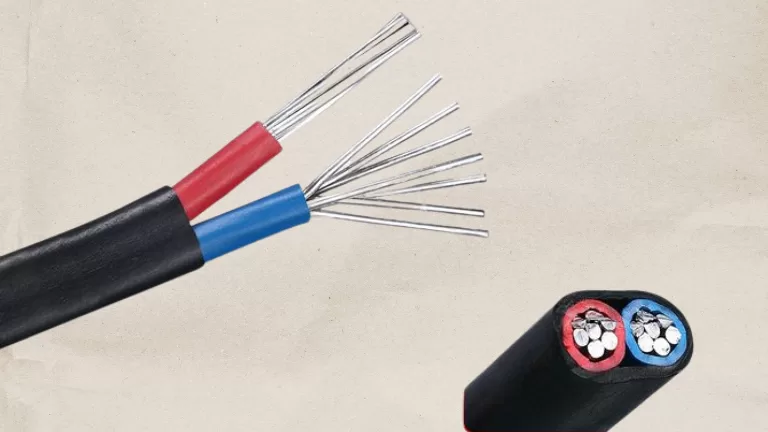
Grâce à sa rentabilité et à sa faible résistance électrique, l'aluminium est largement utilisé dans les équipements électriques. Il convient également de noter que l'aluminium est léger - environ 30% de la densité du cuivre - ce qui en fait un choix idéal pour les câbles électriques aériens. En fait, la plupart des lignes de transport d'électricité utilisent des conducteurs en aluminium, et même l'électricité domestique est couramment acheminée par des câbles en aluminium.
Comment l'aluminium conduit-il l'électricité ?
La capacité de l'aluminium à conduire l'électricité dépend de sa structure atomique et de la façon dont ses atomes se lient. Fondamentalement, l'électricité est le flux de charges - souvent des électrons - à travers un matériau. Dans un atome d'aluminium, le centre (le noyau) est rempli de protons et de neutrons, mais les électrons externes ne sont que faiblement retenus. Ces électrons externes peuvent se déplacer librement.

Lorsqu'un atome d'aluminium perd l'un de ses électrons externes, il devient un ion d'aluminium chargé positivement. Dans un morceau d'aluminium, les atomes sont serrés les uns contre les autres et leurs électrons externes forment ce que l'on appelle une "mer d'électrons libres". Lorsqu'une tension est appliquée à un morceau d'aluminium, ces électrons libres se dirigent vers l'extrémité positive. Ce mouvement d'électrons est à l'origine d'un courant électrique. C'est la raison fondamentale pour laquelle l'aluminium conduit si bien l'électricité.
Pourquoi le cuivre est-il un meilleur conducteur que l'aluminium ?
Même si l'aluminium est un excellent conducteur électrique, le cuivre reste le premier choix pour la plupart des câblages. Il y a plusieurs raisons à cela : le cuivre est plus ductile, a un aspect distinctif et est à la fois plus solide et plus dur que l'aluminium. Mais surtout, d'un point de vue électrique, le cuivre a une résistivité électrique plus faible. Ainsi, à longueur et taille égales, un fil de cuivre transporte tout simplement mieux l'électricité qu'un fil d'aluminium.
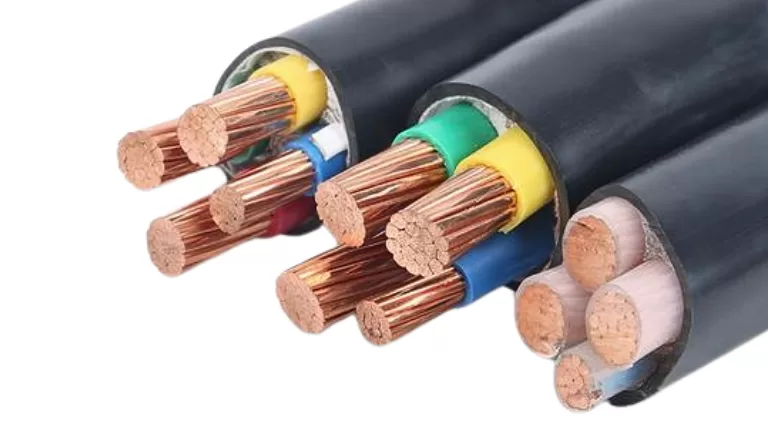
Tout dépend de la façon dont les électrons se déplacent dans chaque métal. Dans le cuivre, les électrons libres subissent moins de "collisions phonon", c'est-à-dire de minuscules interruptions causées par les vibrations des atomes qui peuvent disperser les électrons et ralentir le courant. Même si l'aluminium possède en fait plus d'électrons libres, ses électrons sont plus susceptibles d'être dispersés par ces vibrations, ce qui augmente la résistance. C'est pourquoi le cuivre reste l'option de choix lorsque la conductivité la plus élevée est requise.
Nuances d'alliages d'aluminium et conductivité électrique
Si l'aluminium pur est un excellent conducteur, la plupart des applications réelles utilisent de l'aluminium transformé, allié ou additionné d'impuretés. Les alliages d'aluminium sont classés par grades, de la série 1000 à la série 8000. La série 1000 présente la plus grande pureté et donc la meilleure conductivité. Par exemple, l'aluminium de qualité EC (comme le 1350 Al), qui fait partie de la série 1000, offre une excellente conductivité électrique et thermique, avec une conductivité d'environ 61% IACS. D'autres qualités, comme AA-8006 et AA-8011, sont également de bons conducteurs et sont couramment utilisées dans les fils d'aluminium et les applications de construction. La série 2000 comprend principalement des alliages de cuivre, tandis que la série 6000 associe le magnésium et le silicium à l'aluminium.
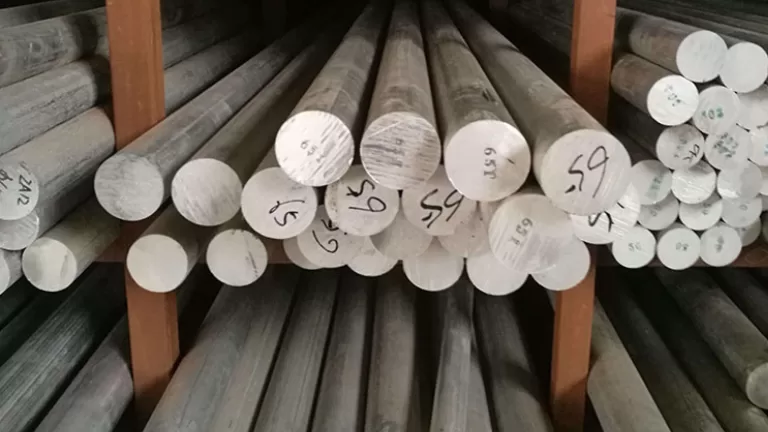
Comment les traitements de surface affectent la conductivité de l'aluminium
La façon dont l'aluminium est traité en surface peut modifier son comportement électrique. Naturellement, l'aluminium forme une couche d'oxyde très fine qui n'est pas conductrice. Pour accroître sa durabilité, l'aluminium est souvent anodisé, ce qui épaissit cette couche d'oxyde et augmente la résistance à la corrosion, mais cela crée également une couche isolante qui ne conduit pas l'électricité. D'autres traitements, tels que le revêtement par poudre, le traitement thermique, la peinture ou les revêtements plastiques, peuvent également avoir un impact sur la conductivité. Parfois, l'analyse du rapport entre la conductivité mesurée d'un conducteur et sa valeur IACS permet d'identifier le type de traitement thermique qu'il a subi.
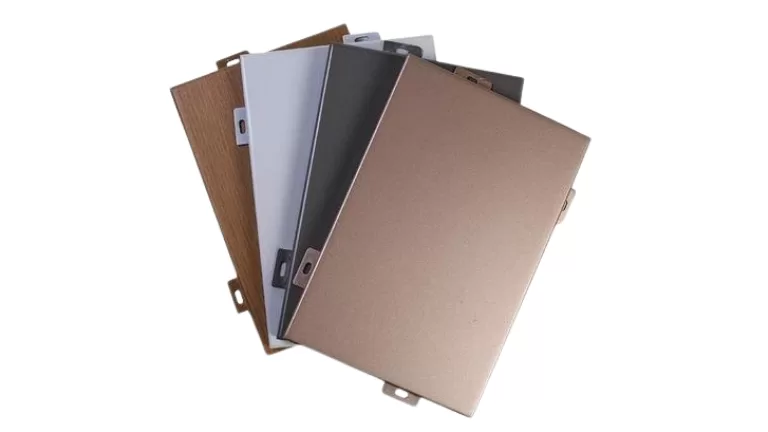
Où l'aluminium est-il utilisé dans les produits électriques et électroniques ?
Fils et câbles
Le fil d'aluminium est très apprécié pour les lignes électriques aériennes car il est beaucoup plus léger que le cuivre - environ un tiers du poids - ce qui permet de minimiser l'affaissement du câble. Si le cuivre est toujours privilégié dans les habitations et sur les chantiers de construction, l'aluminium est largement utilisé dans les installations industrielles et les centrales électriques. Les fils d'aluminium de la série 8000, très performants, sont même utilisés dans certains cas pour le câblage des habitations.

Composants électriques
Qu'il s'agisse de petits connecteurs ou de grands appareils électroniques, la bonne conductivité et la légèreté de l'aluminium en font un matériau de prédilection pour de nombreux composants électriques. Il est également largement utilisé dans les véhicules électriques, où les boîtiers de moteur en aluminium et d'autres pièces permettent de compenser le poids élevé des batteries.
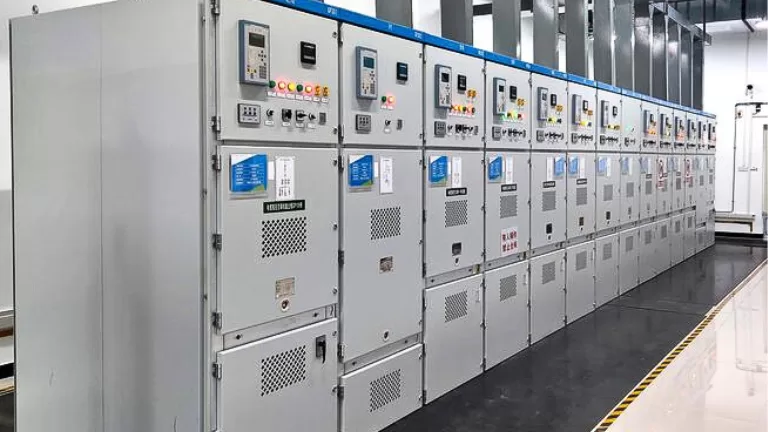
Dissipateurs de chaleur
L'excellente conductivité thermique de l'aluminium en fait un matériau idéal pour les dissipateurs thermiques, qui permettent de refroidir les appareils électroniques tels que les ordinateurs, les processeurs, les appareils d'éclairage et les amplificateurs. En maximisant la dissipation de la chaleur, les dissipateurs thermiques en aluminium permettent aux appareils de fonctionner de manière régulière et efficace.
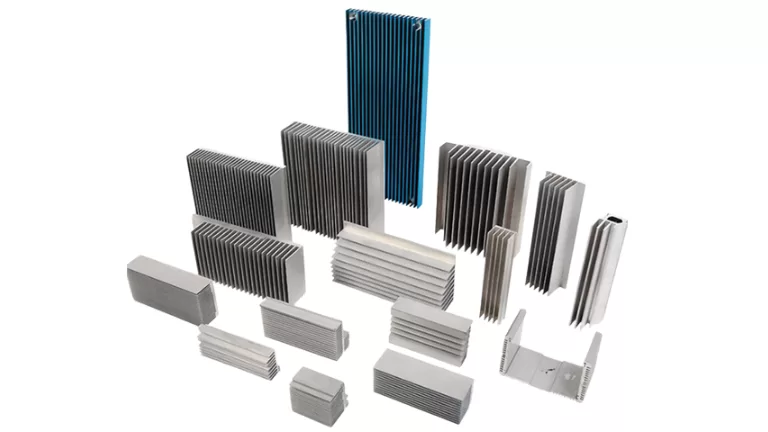
Capacités de traitement des profilés en aluminium
En tant que leader fabricant d'extrusion d'aluminium Basés en Chine, nous nous engageons à fournir des profilés en aluminium de haute qualité à un large éventail d'industries. Nos capacités commencent par la conception et la fabrication de moules sur mesure, garantissant des formes d'extrusion précises qui répondent aux besoins spécifiques de nos clients. De l'extrusion brute à la finition de surface et à l'usinage avancé, nos processus de fabrication entièrement intégrés nous permettent de fournir des profilés en aluminium qui répondent à des normes rigoureuses et aux exigences uniques de chaque projet.
 Notre site de production abrite plus de 40 lignes d'extrusion avancées, dotées d'équipements de pointe tels qu'une puissante presse à extrusion de 6000 tonnes. Cela permet de créer des profilés en aluminium de tailles et de formes diverses, allant des applications industrielles standard aux produits spécialisés tels que les profilés à rupture de pont thermique pour les portes et fenêtres haut de gamme. La flexibilité de notre capacité d'extrusion nous permet de répondre aux besoins d'un large éventail d'industries, y compris la construction et l'ingénierie de précision.
Notre site de production abrite plus de 40 lignes d'extrusion avancées, dotées d'équipements de pointe tels qu'une puissante presse à extrusion de 6000 tonnes. Cela permet de créer des profilés en aluminium de tailles et de formes diverses, allant des applications industrielles standard aux produits spécialisés tels que les profilés à rupture de pont thermique pour les portes et fenêtres haut de gamme. La flexibilité de notre capacité d'extrusion nous permet de répondre aux besoins d'un large éventail d'industries, y compris la construction et l'ingénierie de précision.
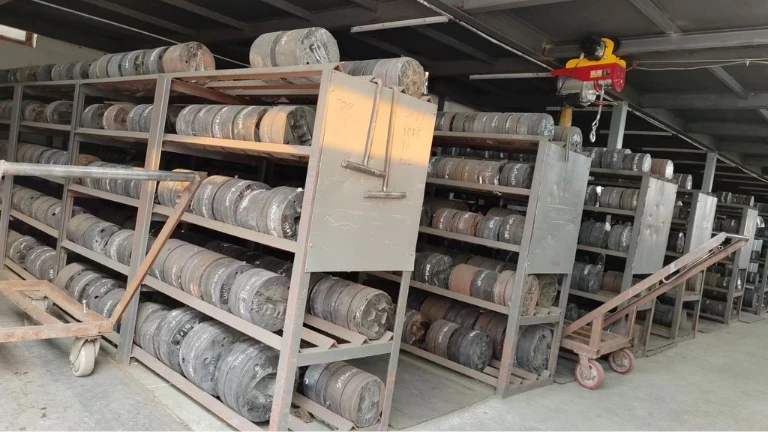 Nous possédons l'expertise nécessaire pour concevoir et produire des moules d'extrusion en interne, ce qui garantit la précision et l'efficacité de la fabrication de profilés en aluminium. Notre équipe expérimentée travaille en étroite collaboration avec nos clients pour développer des moules sur mesure à partir de dessins ou d'échantillons, afin de garantir des performances optimales pour leurs besoins spécifiques. En règle générale, le processus de production des moules prend environ 7 jours, après quoi nous fournissons des échantillons pour confirmation par le client avant de commencer la production à grande échelle.
Nous possédons l'expertise nécessaire pour concevoir et produire des moules d'extrusion en interne, ce qui garantit la précision et l'efficacité de la fabrication de profilés en aluminium. Notre équipe expérimentée travaille en étroite collaboration avec nos clients pour développer des moules sur mesure à partir de dessins ou d'échantillons, afin de garantir des performances optimales pour leurs besoins spécifiques. En règle générale, le processus de production des moules prend environ 7 jours, après quoi nous fournissons des échantillons pour confirmation par le client avant de commencer la production à grande échelle.
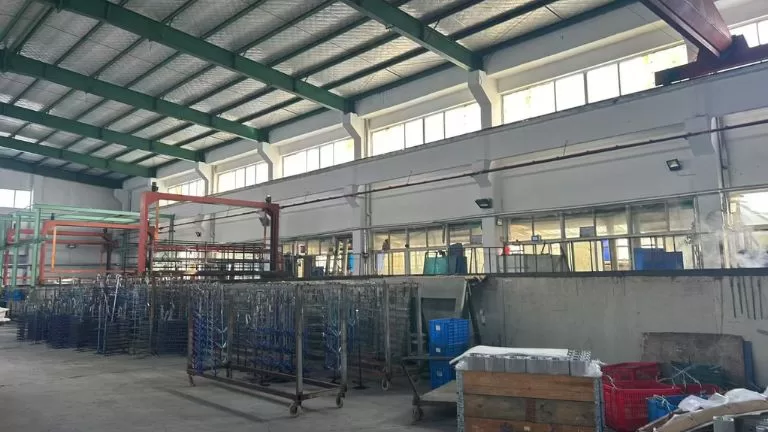
Pour une durabilité et un attrait visuel supérieurs, nous proposons diverses solutions de traitement de surface. Celles-ci comprennent l'anodisation pour une résistance accrue à la corrosion, le revêtement par poudre pour des finitions éclatantes, le revêtement au fluorocarbone pour une meilleure résistance aux intempéries et la technologie de transfert des veines du bois pour des designs élégants et d'aspect naturel. Ces traitements sont personnalisables pour répondre à des besoins esthétiques et fonctionnels spécifiques, ce qui garantit que les profilés ne sont pas seulement performants, mais qu'ils ont aussi un aspect exceptionnel.
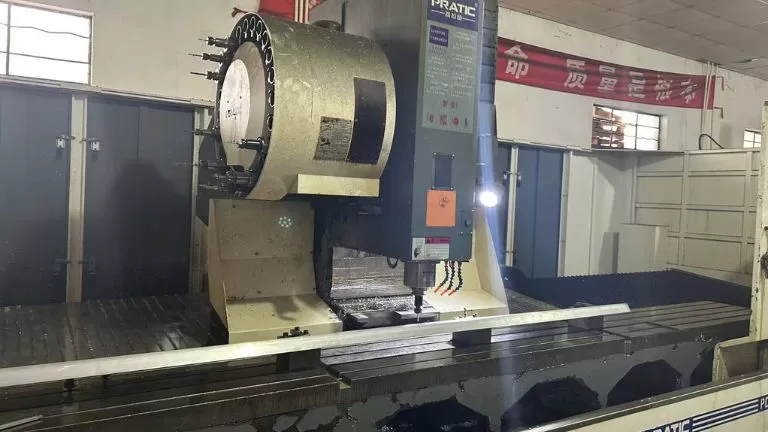
Pour fournir des solutions complètes en matière de profilés en aluminium, nous offrons des capacités de traitement supplémentaires étendues. Nos services comprennent l'usinage CNC, le fraisage, le filetage, le perçage, la découpe de précision, le poinçonnage, le soudage et l'assemblage. Cette gamme d'options de fabrication nous permet de fournir des profilés prêts à l'emploi, adaptés aux spécifications exactes du projet, offrant ainsi à nos clients une flexibilité et une fiabilité inégalées.
Extrusion d'aluminium sur mesure
Au HTS NOUVEAUX MATÉRIAUXNous sommes spécialisés dans la fourniture d'extrusions d'aluminium sur mesure, conçues pour répondre à vos besoins spécifiques. Avec des installations de production avancées et plus de 40 lignes d'extrusion, nous fournissons des profilés de première qualité, conçus avec précision, pour un large éventail d'industries, notamment l'aérospatiale, l'automobile, la construction et bien d'autres encore.
Nos services d'extrusion sur mesure comprennent
- Des coupes transversales sur mesure: Créez des profils d'aluminium uniques grâce à nos capacités de fabrication de matrices, personnalisées pour répondre aux besoins spécifiques de votre projet.
- Diverses finitions de surface: Améliorez l'aspect et la durabilité de vos profilés grâce à des options telles que l'anodisation, le revêtement par poudre, le polissage, etc.
- Usinage de précision: Garantir la précision des dimensions grâce à des services de découpe, de perçage, de fraisage et d'usinage avancé.
- Températures flexibles: Choisissez parmi une variété de traitements thermiques, y compris T5, T6 et autres, pour obtenir les propriétés mécaniques idéales pour votre application.
Partenaire de HTS NOUVEAUX MATÉRIAUX pour des solutions d'extrusion d'aluminium sur mesure innovantes, rentables et fiables qui contribuent à la réussite de votre projet.
